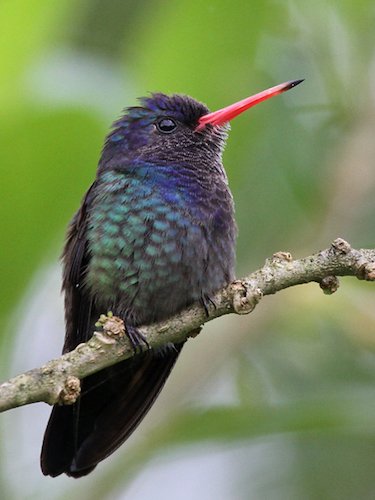Amapá

Birding Amapá
Amapá is a state in the North region of Brazil. Below are some of its top attractions and websites to the reserves and many places to stay where birding is an option.
There is a twice weekly train from Macapá to Serra do Navio and there is now a hotel in Serra do Navio. Permission is no longer required to stay in the town. In December 2000 birding on foot from the hotel was magnificent (Black-faced Hawk Leucopternis melanops, Dusky Parrot Pionus fuscus, Streak-throated Hermit Phaethornis rupurumii, Green Aracari Pteroglossus viridis, Chestnut Woodpecker Celeus undatus, Golden-collared Woodpecker Veniliornis cassini, Guianan Streaked-Antwren Myrmotherula surinamensis, Brown-bellied Antwren Myrmotherula gutturalis, Rufous-bellied Antwren Myrmotherula guttata, Todd’s Antwren Herpsilochmus stictocephalus, Ash-winged Antwren Terenura spodioptila, White-plumed Antbird Pithys albifrons, Rufous-throated Antbird Gymnopithys rufigula, McConnell’s Spinetail Synallaxis macconnelli, Chestnut-rumped Woodcreeper Xiphorhyncus pardalotus, Pompadour Cotinga Xipholena punicea, Capuchin Bird Perissocephalus tricolor, White-breasted Wood-wren Henicorhina leucosticta).
Bird the road to the left which leads down to the river, just before you enter the town coming from the Perimetral Norte. The Perimetral Norte itself, both before and after the turning to Serra do Navio is disappointing. The road is now settled and deforested for about 500m on either side. We were told that there is good forest in the mining company’s concession area and that permission to bird there is obtainable but we did not have time to try this.
The Sonho Meu hotel near Porto Grande continues cheap and pleasant. There is primary forest behind the hotel with a long trail but when we were there in December it was strangely devoid of bird life. The hotel told us that VENT tours spend more time at Sonho Meu than at Serra do Navio so we probably were unlucky with the time of year. In the secondary forest along the access road to the hotel and along the railway line we had Guianan Slaty-antshrike Thamnophilus punctatus and Yellow-throated Flycatcher Conopias parva.
As one leaves Porto Grande on the road to Macapá, before the large sand pits on the right, a road to the right will take you into a slash pine plantation interspersed with campina and woodland remnants. Here we saw Dusky Antbird Cercomacra tyrannina, Pale-bellied Mourner Rhytipterna immunda and Black Manakin Xenopipo atronitens.
-
Parque Nacional Montanhas do Tumucumaque
InformationSatellite ViewThe World's Largest Rainforest National Park - Created in August 2002, the Tumucumaque Mountains National Park covers 3,870,000 hectares of remote, unexplored pristine forests in state of Amapá, stretching through the northern Amazon along the boundary with French Guiana. The park is nearly the size of Rio de Janeiro state and larger than Belgium. Tumucumaque ensures the protection of 1% of the whole Amazon Forest and issome 270,000 hectares larger than the world's previous biggest tropical forestpark, the Salonga of the Democratic Republic of Congo's.
-
Number of bird species: 746
As at July 2016
-
Amapá Checklist
Avibase ChecklistThis checklist includes all bird species found in Amapá , based on the best information available at this time. It is based on a wide variety of sources that I collated over many years.
-
NP Parque Nacional Montanhas do Tumucumaque
InformationSatellite ViewThe World's Largest Rainforest National Park - Created in August 2002, the Tumucumaque Mountains National Park covers 3,870,000 hectares of remote, unexplored pristine forests in state of Amapá, stretching through the northern Amazon along the boundary with French Guiana. The park is nearly the size of Rio de Janeiro state and larger than Belgium. Tumucumaque ensures the protection of 1% of the whole Amazon Forest and issome 270,000 hectares larger than the world's previous biggest tropical forestpark, the Salonga of the Democratic Republic of Congo's. -
NP Parque Nacional do Cabo Orange
InformationSatellite ViewThe Park is significant because it is situated on the coastline of Brazil; the only one in the rainforest that enjoys such a location. This means that the faunal and floral species found here are quite different from those of the areas situated further inland. The park is accessible by boat and provides a fascinating look at the very different ecosystems of the coast and the jungle, juxtaposed with one another. The Cabo Orange National Park covers varied ecosystems, examples of which are mangroves, natural fields, fluvial marine forests, floodable areas, and terra firm, besides rich fauna.
